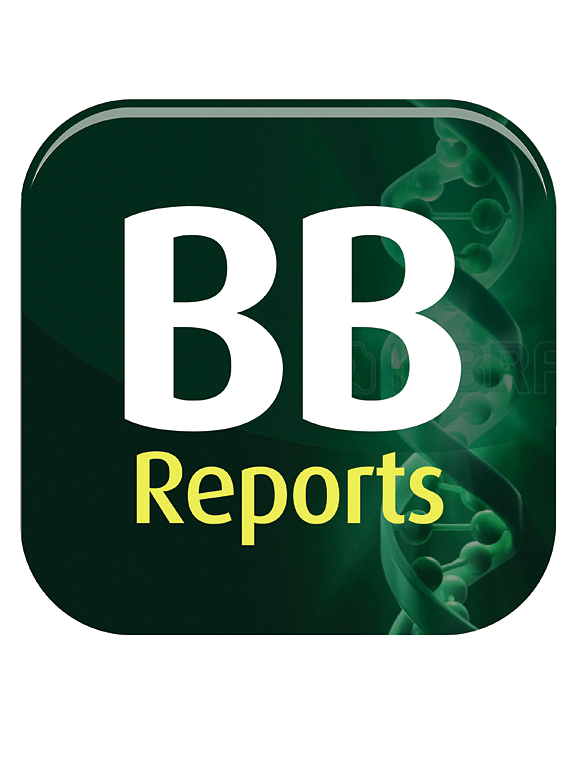单细胞空间转录组学揭示吡喹莫德致狼疮性肾炎小鼠肾纤维化的致病机制
IF 2.3
Q3 BIOCHEMISTRY & MOLECULAR BIOLOGY
引用次数: 0
摘要
深入了解狼疮性肾炎(LN)肾纤维化的细胞和分子病理途径对于准确评估疾病和制定新的治疗策略至关重要。在这项研究中,我们采用先进的空间转录组学技术来阐明小鼠肾脏肾纤维化的潜在机制。通过建立LN和对照肾的单核和空间转录组图,我们发现了主要在外髓质内条纹(ISOM)区域的成纤维细胞的显著激活和增殖,并确定了一组与纤维化相关的特定基因特征。此外,我们发现一类促纤维化巨噬细胞亚型,Lyz2巨噬细胞,促进肌成纤维细胞活化。我们阐明了这一过程中复杂的分子相互作用机制。我们的研究还深入到肾小球区域,揭示了疾病引起的基因表达改变,并确定了潜在的新治疗靶点。本文章由计算机程序翻译,如有差异,请以英文原文为准。
Single-cell spatial transcriptomics reveals pathogenic mechanism of renal fibrosis in imiquimod-induced lupus nephritis in mice
A deeper understanding of the cellular and molecular pathology pathways of renal fibrosis in lupus nephritis (LN) is essential for the accurate disease assessment and the development of novel therapeutic strategies. In this study, we employed advanced spatial transcriptomics technique to elucidate the underlying mechanism of renal fibrosis in mouse kidneys. By establishing single-nuclei and spatial transcriptomic maps for LN and control kidneys, we identified a significant activation and proliferation of fibroblasts predominantly in the inner stripe of outer medulla (ISOM) region and pinpointed a set of specific gene signatures associated with fibrosis. Furthermore, we discovered a class of pro-fibrotic macrophage subtype, Lyz2 macrophage, that promotes myofibroblast activation. We elucidated the intricate molecular interplay mechanisms involved in this process. Our study also delved into the glomerular region, revealed disease-induced alterations in gene expression and identified potential novel therapeutic targets.
求助全文
通过发布文献求助,成功后即可免费获取论文全文。
去求助
来源期刊

Biochemistry and Biophysics Reports
Biochemistry, Genetics and Molecular Biology-Biophysics
CiteScore
4.60
自引率
0.00%
发文量
191
审稿时长
59 days
期刊介绍:
Open access, online only, peer-reviewed international journal in the Life Sciences, established in 2014 Biochemistry and Biophysics Reports (BB Reports) publishes original research in all aspects of Biochemistry, Biophysics and related areas like Molecular and Cell Biology. BB Reports welcomes solid though more preliminary, descriptive and small scale results if they have the potential to stimulate and/or contribute to future research, leading to new insights or hypothesis. Primary criteria for acceptance is that the work is original, scientifically and technically sound and provides valuable knowledge to life sciences research. We strongly believe all results deserve to be published and documented for the advancement of science. BB Reports specifically appreciates receiving reports on: Negative results, Replication studies, Reanalysis of previous datasets.
 求助内容:
求助内容: 应助结果提醒方式:
应助结果提醒方式:


